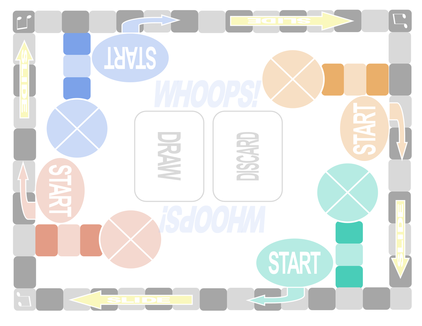Why Game-ify? Scholars have an answer for that too. "Gamification has gained traction in recent years as an effective way of engaging users to perform actions in contexts that would otherwise be considered tedious and undesirable." Gianetto et al. from Issues in Informing Science and Information Technology. So motivation and engagement are a big part of why you might want to implement learning games and activities into your music lessons. According to Dr. Gwen Dewar, play can actually stimulate the growth of the cerebral cortex and promote creative problem-solving. You can read more about that in her article here. I've been a fan of game-based learning for a while, but it's nice to know there's research supporting what I'm doing. :) Two of the most tedious and frustrating tasks I encountered in my music education were dictation and sight reading--and all of the solfege, intervals, rhythms, and Kodaly hand signs that went along with it. Sometimes it would seem easy and intuitive and then I'd encounter something that my brian just didn't want to compute. I seemed to be constantly practicing. In fact, one of my college roommates has told me that she saw/heard me solfeging and doing the Kodaly hand signs in my sleep. Talk about tedium, haha! Kids especially respond well to being "tricked" into learning (although I play games with older students too!). In my last post I created a Chutes and Ladders game to teach three really basic intervals: unison, major second, and major third. It's quite impressive to me how easily children pick up on the intervals and then seem to even forget they're practicing them as they focus on the game. My four year-old kept begging to play the game. Well, I wanted to add to students' interval repertoire, so I've created Whoops! It's basically a modified Sorry! that uses intervals to tell players how many spaces they can move. I've kept unisons, major seconds and major thirds, and added perfect fourths and fifths. It can be played with 2-4 players/teams, and you can use the intervals either visually or auditorily. You can control the length of play by choosing how many player pieces to use. I also think that this makes excellent practice/homework, especially if the student has a parent or sibling that can help him/her by playing or singing the intervals. You can download the full game below, and let me know how it goes!
0 Comments
Your comment will be posted after it is approved.
Leave a Reply. |
AuthorSinger, writer, mother, yogi, wife and chocolate enthusiast. Archives
January 2022
Categories |


 RSS Feed
RSS Feed